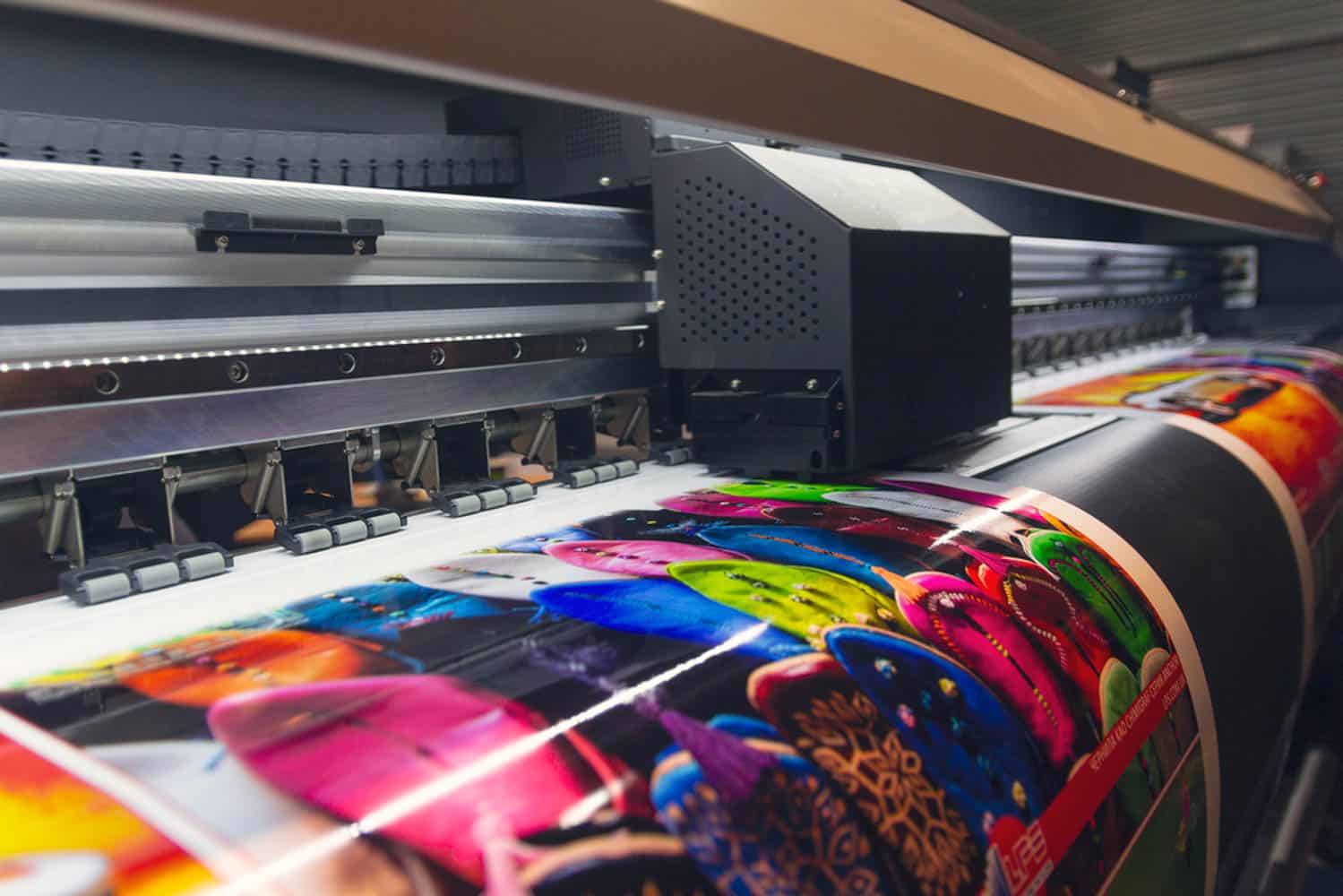Many influencers now monetize their brand through print on demand merch.
Just How Digital Printing Boosts Customization and High Quality for Your Tasks
It facilitates on-demand printing, using the ability to produce unique prints with varying text, pictures, and colors. With its high-resolution outcome and progressed color matching abilities, electronic printing supplies a variety of opportunities in developing visually appealing and constant products.
Understanding the Essentials of Digital Printing
While typical printing techniques have their location, electronic printing has reinvented just how businesses personalize and boost their items. This method entails translating digital pictures straight onto a selection of media like paper, plastic, textile, and even metal. Unlike standard approaches which call for plates or blocks, electronic printing is a direct process, thus saving time and resources. The method utilizes high-volume laser or inkjet printers, supplying superior precision, consistency, and speed. Digital printing's color accuracy is unmatched, many thanks to its ability to reproduce a wider gamut of colors. This ensures a richer, much more dynamic outcome that can substantially raise the last item's high quality. Electronic printing supplies the adaptability to modify the picture with each perception, allowing customized prints.
The Duty of Digital Printing in Personalization
In the world of personalization, electronic printing has actually arised as a game changer. This technology enables swift adjustments in layout without modifying the whole manufacturing process, saving time and sources. Unlike conventional printing, there's no demand for plates or molds, making it feasible to tailor each print individually.
Digital printing makes it possible for on-demand printing, eliminating the requirement for huge print runs. print on demand. This flexibility enables personalized outcome, fitting details customer preferences or organization requirements. With the ability to alter message, photos, or color from one print to the next, digital printing sustains a high level of customization. Furthermore, it assists in the manufacturing of variable data printing, such as customized advertising products, better boosting its role in customization.
Exactly How Digital Printing Makes Sure High-Quality Outcome

Practical Applications of Digital Printing in Numerous Jobs
The premium output attained with digital printing modern technology opens a broad array of applications in different projects. In marketing and advertising and marketing, digital printing enables the manufacturing of dynamic, precise, and individualized marketing materials such as sales brochures, banners, and posters. This modern technology has located a specific niche in the manufacturing of packaging products. It enables the production of customized, high-grade labels and product packaging, enhancing brand name allure. Digital printing likewise plays a substantial role in the posting sector, helping with the printing of publications, magazines, and newspapers. In addition, it contributes in interior style tasks, enabling the development of unique wallpapers and materials. The functional applications of electronic printing are vast, crossing several sectors and industries.
Expense and Time Performance of Digital Printing
While top quality results and customization are essential advantages of digital printing, it is also worth noting its cost and time effectiveness. This technology enables fast turn-arounds, as it gets rid of the requirement for plates utilized in conventional printing methods. For businesses, this means that projects can be finished and provided quicker. Likewise, digital printing is cost-effective, specifically for fine print runs. It needs less setup, which causes lower costs than traditional printing for brief runs. Additionally, the ability to publish only what is needed lowers waste and additional saves costs. print on demand. Hence, electronic printing not only boosts the high quality and customization of jobs yet likewise offers substantial time and cost performances.
Conclusion
